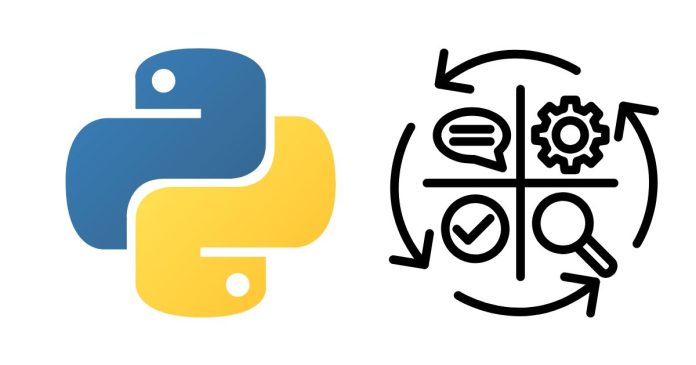Python provides multiple ways to iterate over a list. Below are examples of common methods:
1. Using a for Loop
This is the simplest and most commonly used method.
Output:
2. Using for Loop with Index (range and len)
If you need the index of each element during iteration:
Output:
3. Using enumerate
The enumerate function provides both the index and the element in a single loop.
Output:
4. Using a while Loop
A while loop can also be used to iterate over a list, especially when controlling the loop condition manually.
Output:
5. Using List Comprehension
List comprehensions are concise and used to perform operations on each element while iterating.
Output:
6. Using map (Functional Programming)
map applies a function to each element of the list.
Output:
7. Iterating Backwards
You can iterate over a list in reverse order using slicing or reversed.
Using reversed:
Using Slicing:
Output:
8. Using zip to Iterate Over Multiple Lists
If you have multiple lists and want to iterate over them simultaneously:
Output:
Choosing the Right Method
- Use a simple
forloop for straightforward iteration. - Use
enumeratewhen you need both the index and the element. - Use list comprehensions for concise and Pythonic expressions.
- Use
zipfor iterating over multiple lists.
Each method is effective depending on your specific use case!


